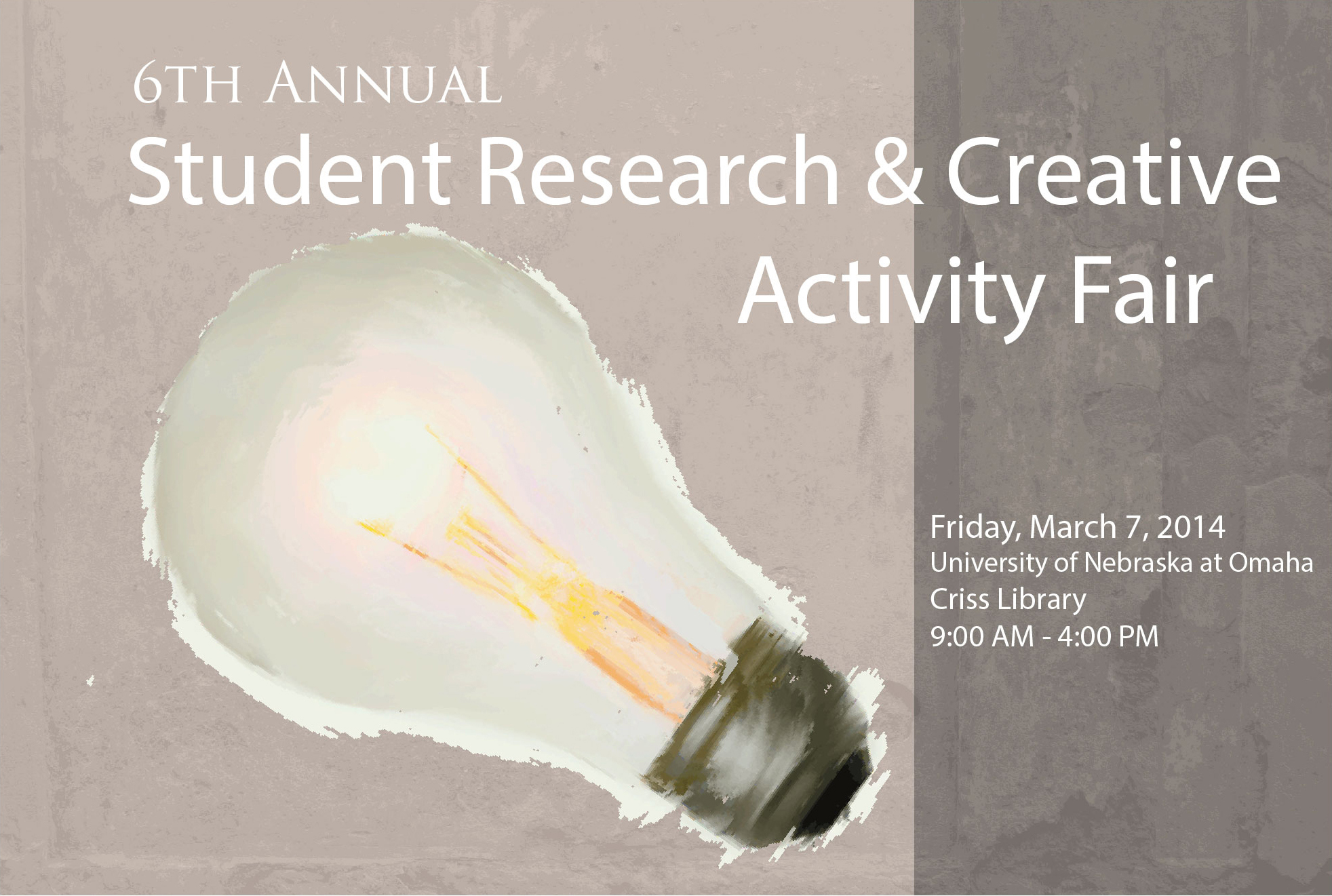
The Impact of Goals and Constraints in Problem Construction and Creative Problem Solving
Advisor Information
Roni Reiter-Palmon
Location
Dr. C.C. and Mabel L. Criss Library
Presentation Type
Poster
Start Date
7-3-2014 1:00 PM
End Date
7-3-2014 4:00 PM
Abstract
The current study examined several key factors that influence creativity and the generation of creative solutions. Tolerance for ambiguity and openness to experience, two aspects of an individual’s personality, have been identified as significant factors. Essentially, tolerance for ambiguity refers to one’s comfort level in dealing with vague problems, whereas openness to experience pertains to how one approaches unusual problems. The current study also investigated the nature of the task and how differences in length, ambiguity, and content of a task influenced the number of solutions generated by participants. Given the unique influences of tolerance for ambiguity, openness to experience, and task effects on creativity, the aim for the current study was to examine how these factors interacted to influence creativity. A sample of 365 undergraduate students were asked to generate creative solutions to three different problems that ranged from short, highly ambiguous, and unusual to lengthy, specific, and typical. After solving all three problems, participants were given a series of surveys that assessed tolerance for ambiguity and openness to experience. It was predicted that tolerance for ambiguity would be positively related to solution creativity and this effect would be strongest when the problem was highly ambiguous. Similarly, it was expected that openness to experience would be positively related to creativity, especially when the problem was highly unusual.
The Impact of Goals and Constraints in Problem Construction and Creative Problem Solving
Dr. C.C. and Mabel L. Criss Library
The current study examined several key factors that influence creativity and the generation of creative solutions. Tolerance for ambiguity and openness to experience, two aspects of an individual’s personality, have been identified as significant factors. Essentially, tolerance for ambiguity refers to one’s comfort level in dealing with vague problems, whereas openness to experience pertains to how one approaches unusual problems. The current study also investigated the nature of the task and how differences in length, ambiguity, and content of a task influenced the number of solutions generated by participants. Given the unique influences of tolerance for ambiguity, openness to experience, and task effects on creativity, the aim for the current study was to examine how these factors interacted to influence creativity. A sample of 365 undergraduate students were asked to generate creative solutions to three different problems that ranged from short, highly ambiguous, and unusual to lengthy, specific, and typical. After solving all three problems, participants were given a series of surveys that assessed tolerance for ambiguity and openness to experience. It was predicted that tolerance for ambiguity would be positively related to solution creativity and this effect would be strongest when the problem was highly ambiguous. Similarly, it was expected that openness to experience would be positively related to creativity, especially when the problem was highly unusual.
